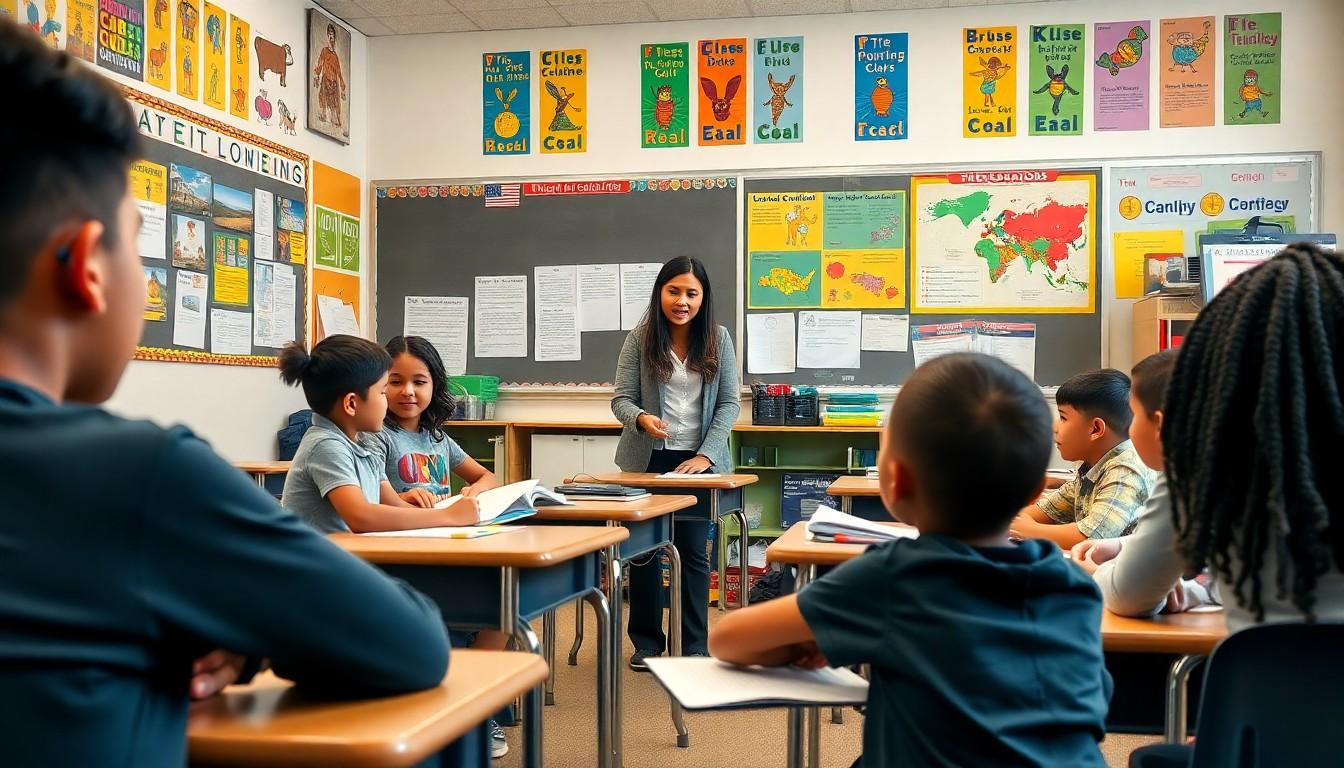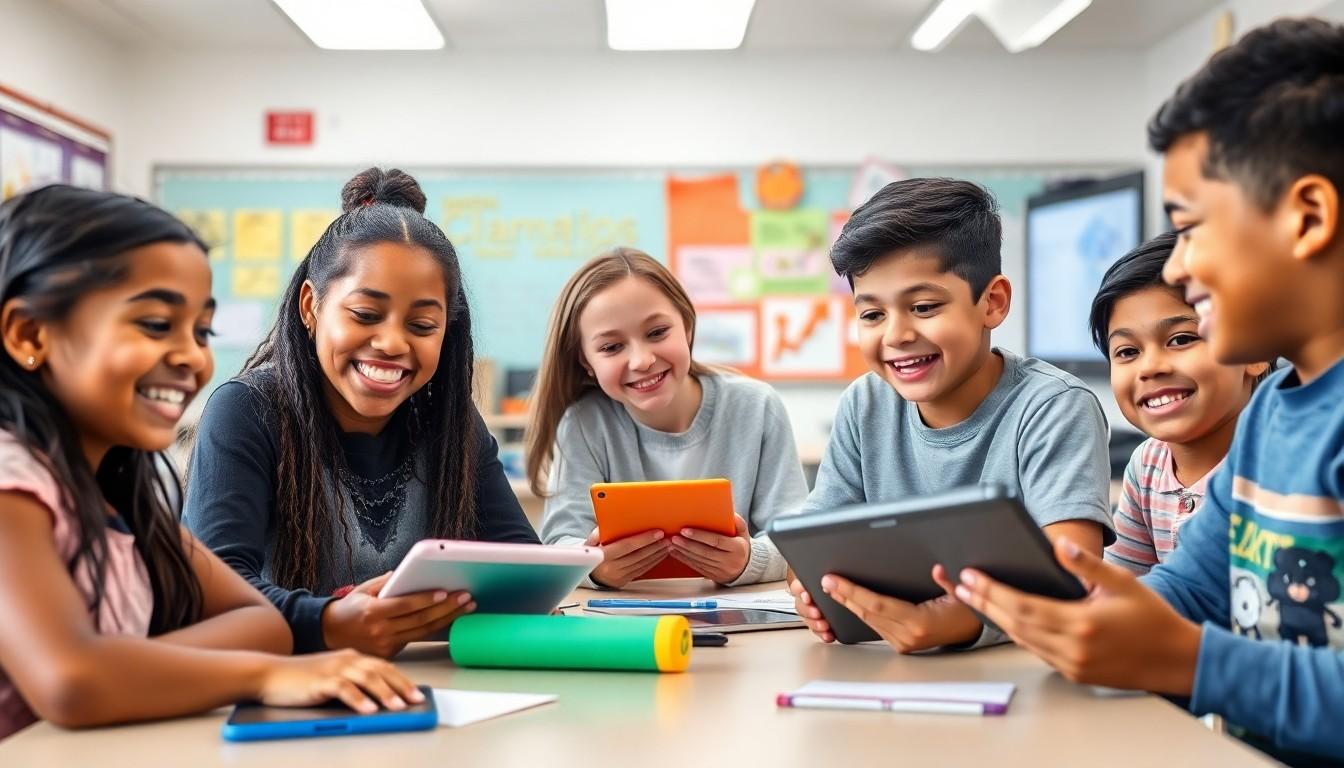In the Land of Lincoln, K-12 education isn’t just a system; it’s a rollercoaster of learning, laughter, and the occasional existential crisis over math homework. Illinois schools are a vibrant mix of innovation and tradition, where students juggle textbooks, extracurriculars, and the ever-present pressure of standardized tests.
K-12 Education Illinois
K-12 education in Illinois offers a blend of traditional values and innovative practices. It features a comprehensive system that addresses the diverse needs of students.
Historical Context
K-12 education in Illinois traces its roots back to the early 19th century. The state established its first public school in 1825, prioritizing accessible education for all children. Legislative reforms in the 1970s increased funding and improved facilities. The introduction of the Illinois School Code in 1961 standardized school operations. Key policies, like the No Child Left Behind Act, emphasized academic accountability in the early 2000s. Over the years, these developments shaped a robust educational framework focusing on equity and quality.
Current Structure
Today, the K-12 system in Illinois comprises 852 school districts serving over 2 million students. These districts range from urban to rural settings, each offering unique programs. Illinois features a mix of public, private, and charter schools. The Illinois State Board of Education governs the education system, implementing standards and assessments. Teachers must meet certification requirements, ensuring quality education. Schools increasingly emphasize social-emotional learning alongside academic success, addressing the holistic development of students.
Challenges Facing K-12 Education in Illinois

K-12 education in Illinois faces several significant challenges. Among them, funding issues and equity concerns stand out.
Funding Issues
Funding issues pose a major hurdle for many school districts. Illinois ranks among the lowest in the nation for per-pupil spending, averaging around $13,000. Limited financial resources often lead to program cuts and inadequate facilities. Many districts rely heavily on local property taxes, which can create disparities between affluent and low-income areas. Inadequate state funding exacerbates these challenges, leaving some districts struggling to meet even basic educational needs.
Equity Concerns
Equity concerns significantly impact students’ educational experiences. Many schools in low-income neighborhoods lack access to essential resources, such as advanced placement courses and extracurricular activities. Illinois has made efforts to address equity through reforms like the evidence-based funding formula, but gaps persist. Disparities affect student achievement and overall well-being. Students from marginalized backgrounds often face additional barriers, making it crucial to implement targeted strategies that foster equitable opportunities for all learners.
Innovations and Initiatives in Illinois K-12 Education
Illinois K-12 education is evolving through various innovations and initiatives aimed at enhancing student outcomes and educational equity.
Technology Integration
Technology integration plays a crucial role in modernizing education in Illinois. Schools equip classrooms with smart boards, tablets, and interactive software. These tools support personalized learning, allowing students to engage with material at their own pace. Illinois promotes digital literacy, targeting essential skills for 21st-century learners. Educators receive training on using technology effectively, enhancing instructional practices. Programs like the Illinois Digital Equity Act ensure all students, regardless of background, access technological resources, bridging the digital divide.
Curriculum Development
Curriculum development in Illinois focuses on inclusivity and relevance. The state emphasizes diverse curricula that reflect student backgrounds and societal needs. Illinois introduced initiatives promoting social-emotional learning, helping students develop emotional intelligence alongside academic skills. Regular reviews of standards keep curricula aligned with workforce demands. Partnerships with community organizations enhance real-world learning experiences, integrating practical knowledge with classroom lessons. Moreover, the incorporation of STEM subjects prepares students for future careers in science and technology fields.
Impact of Recent Legislation on K-12 Education
Recent legislation has significantly influenced K-12 education in Illinois, focusing on funding equity, curriculum standards, and student resources. Policies have emerged to address long-standing disparities, particularly in low-income districts.
Key Policies and Reforms
The evidence-based funding formula has played a crucial role in redistributing state funds. This approach directs resources based on individual student needs, taking socio-economic factors into account. Another key policy supports mental health initiatives within schools, aiming to enhance social-emotional learning. Additionally, the Illinois Digital Equity Act focuses on closing the technology gap, ensuring all students have access to essential digital tools. Curriculum guidelines now emphasize diversity and relevance, reflecting students’ backgrounds and communities.
Future Outlook
Looking forward, Illinois plans to prioritize funding reform further, aiming to boost per-pupil spending. Education leaders expect ongoing technological integration, fostering an environment for personalized learning. Schools may implement curricula that continuously adapt to community needs and emerging job markets. Continued collaboration with local organizations is likely to enhance real-world learning experiences. Anticipated advancements in teacher training will also support effective technology use, ultimately benefiting student outcomes.
K-12 education in Illinois stands at a pivotal crossroads where innovation meets tradition. While the system has made strides in addressing diverse student needs and enhancing educational equity, significant challenges remain. Funding disparities continue to impact resources available to students, particularly in underprivileged areas.
The ongoing commitment to reform and innovation suggests a promising future. With a focus on equitable funding and inclusive curricula, Illinois aims to create an environment where every student can thrive. By prioritizing technology integration and social-emotional learning, the state is poised to foster a more holistic educational experience. As stakeholders collaborate to address these challenges, the potential for positive change in Illinois K-12 education is within reach.

